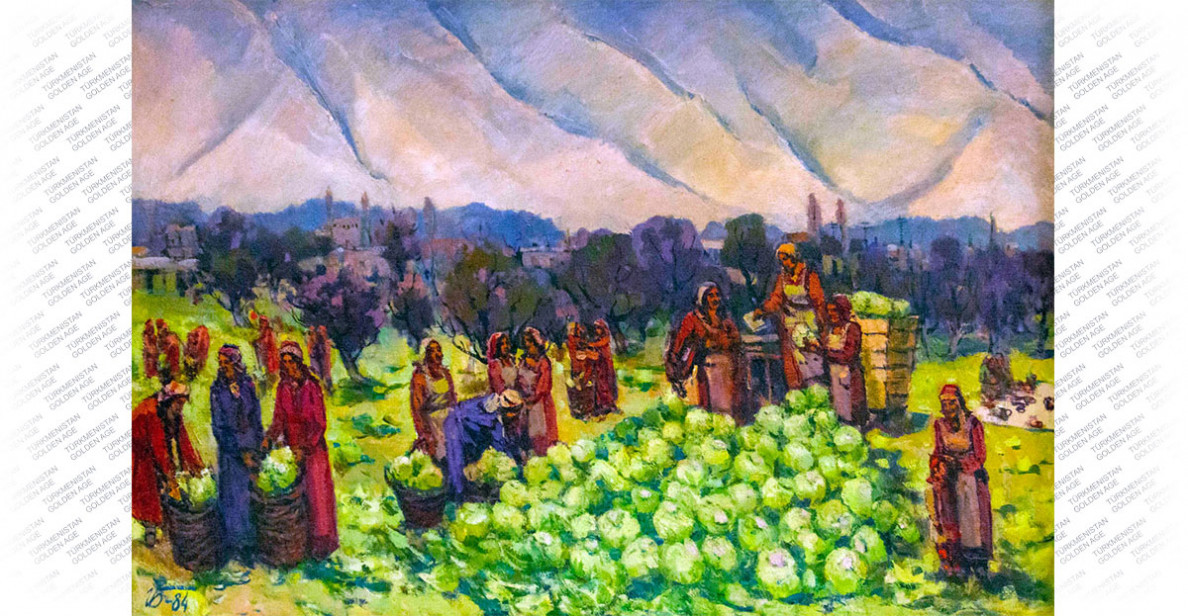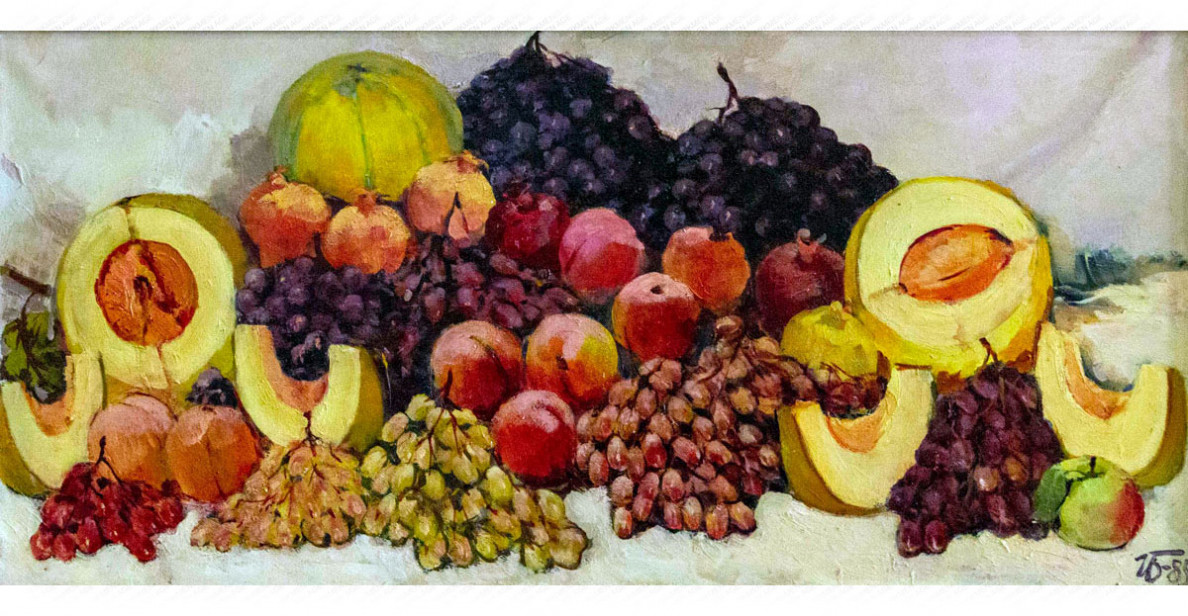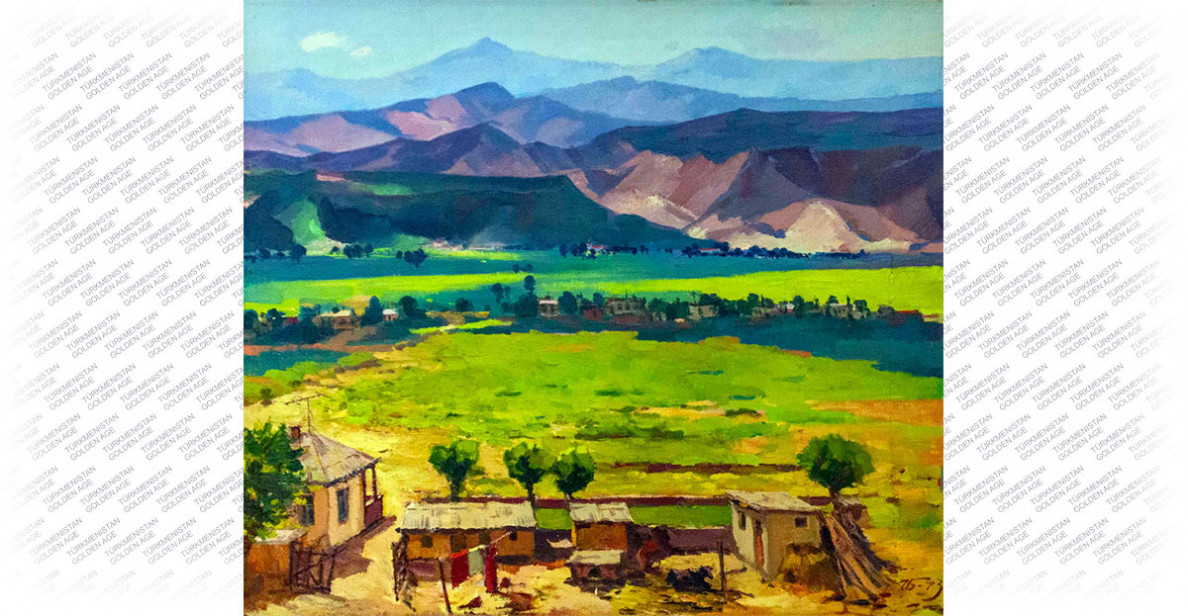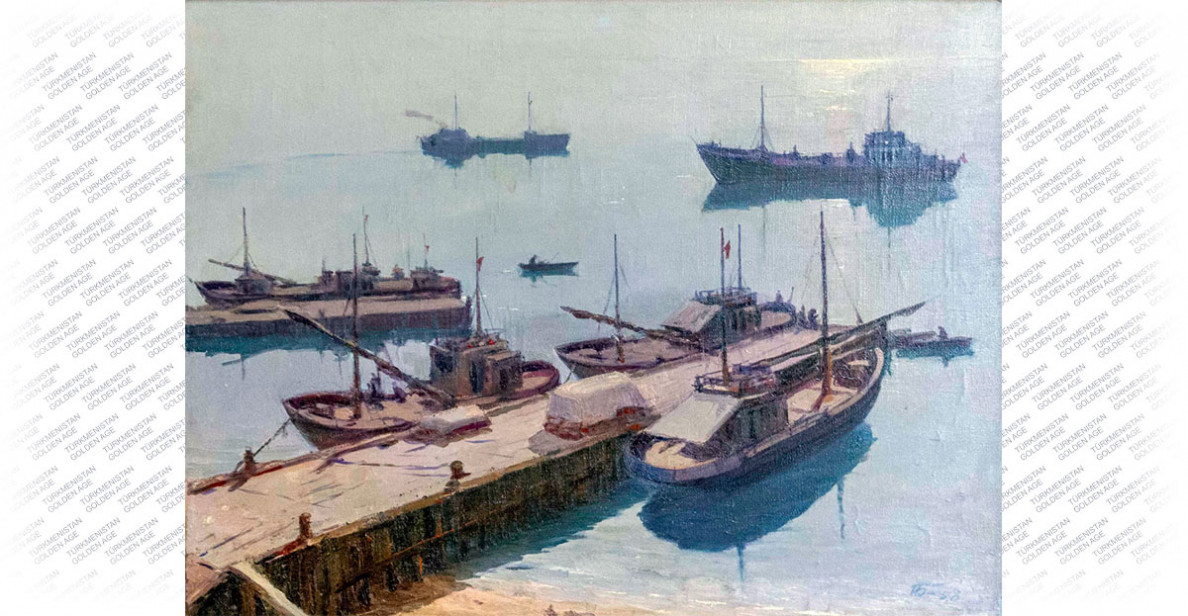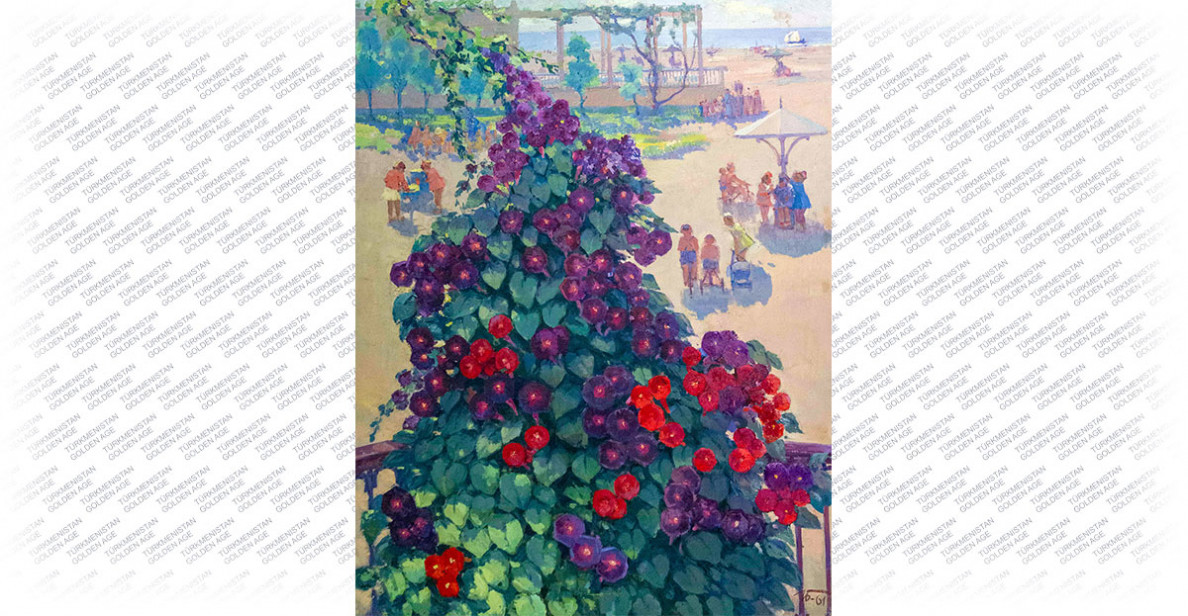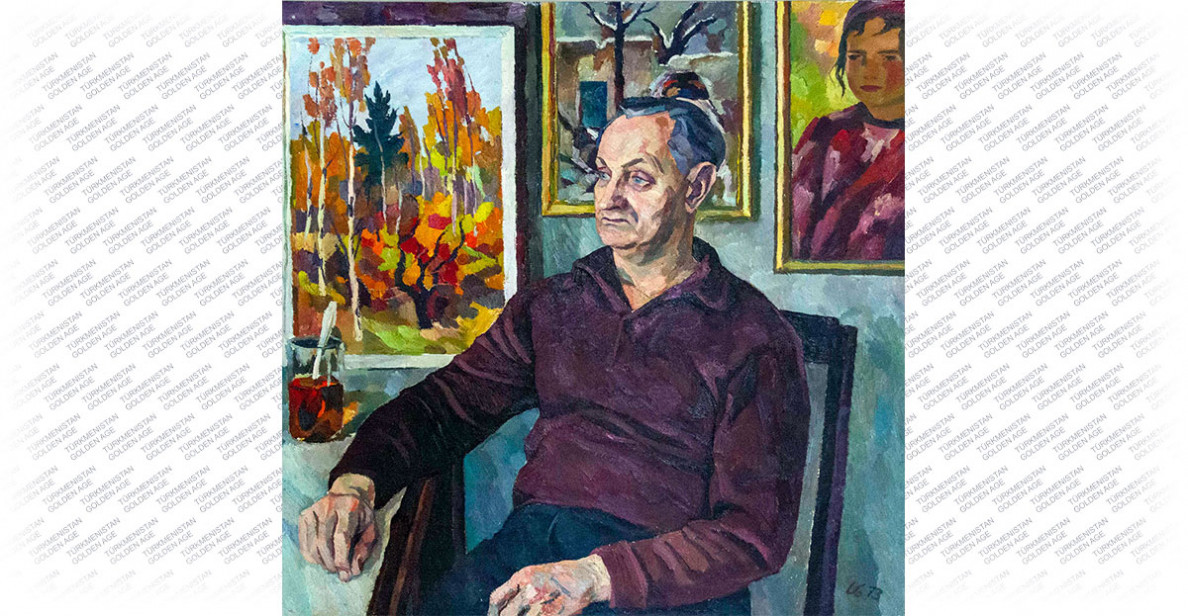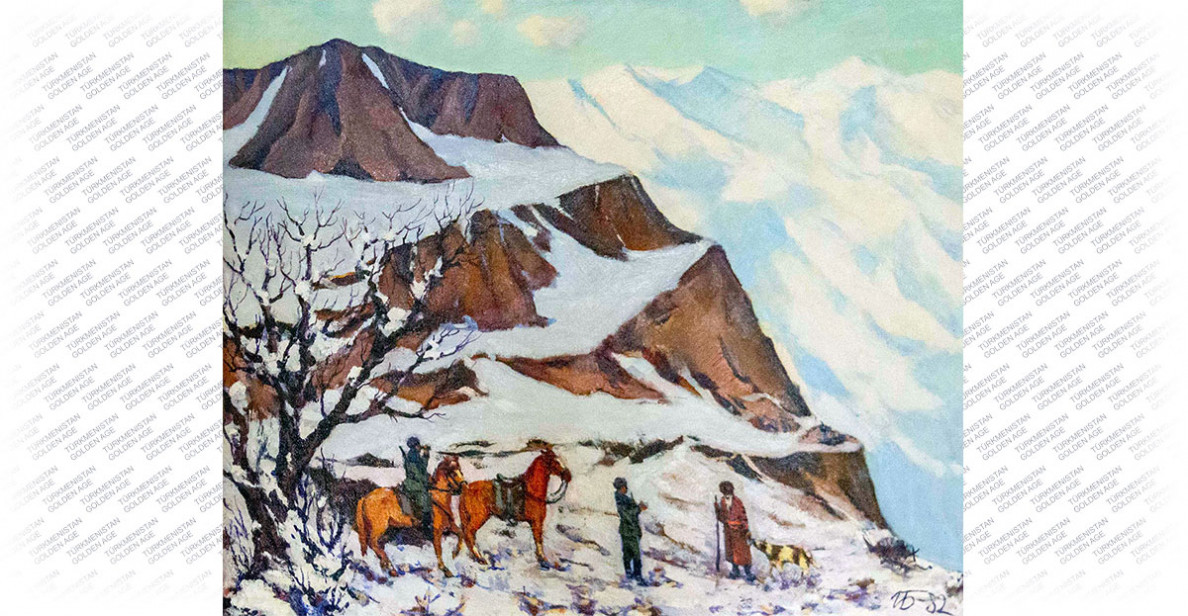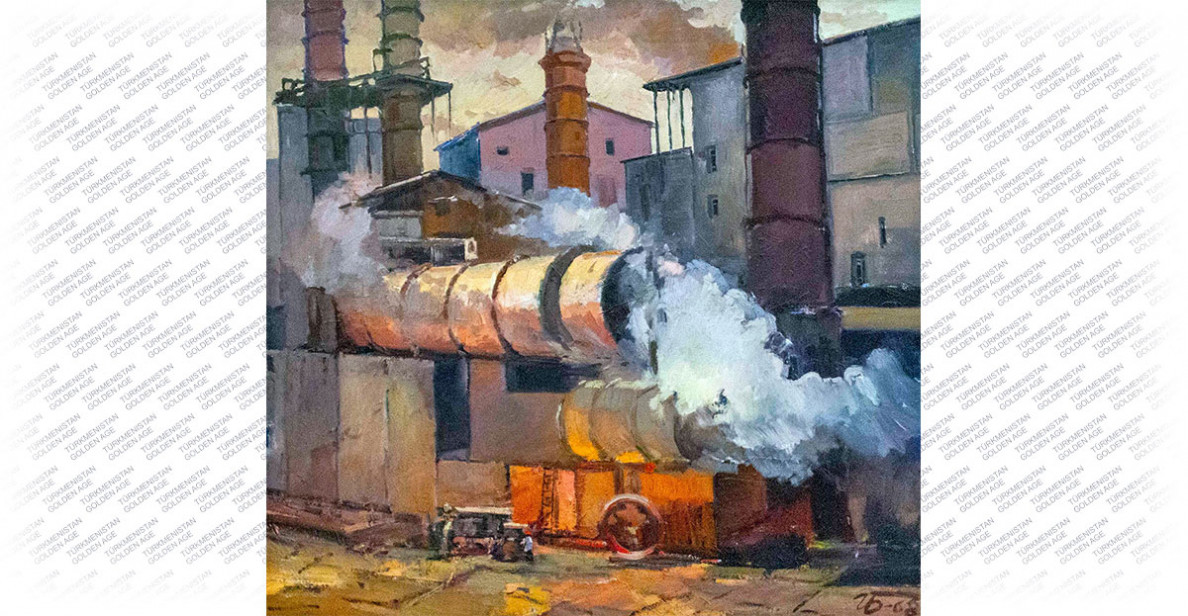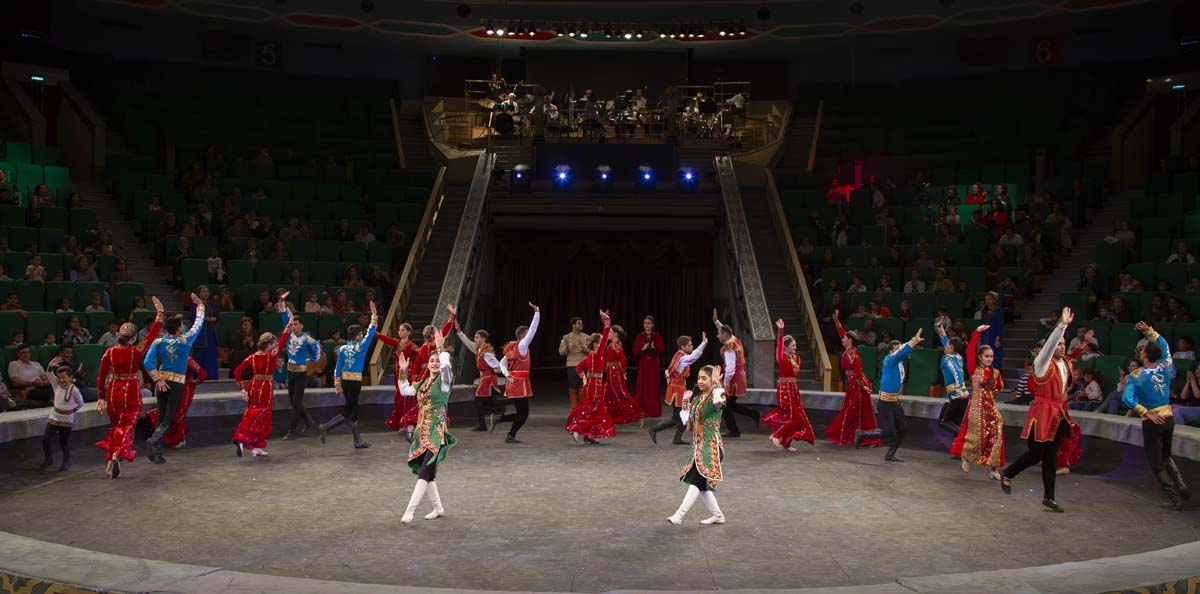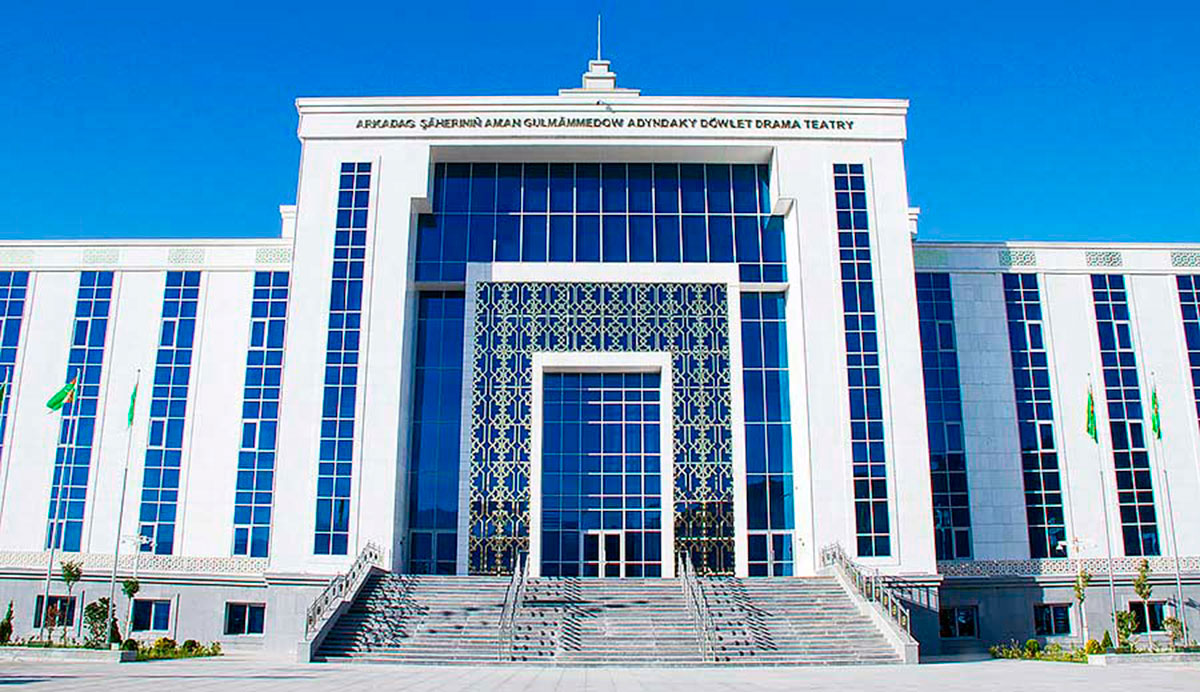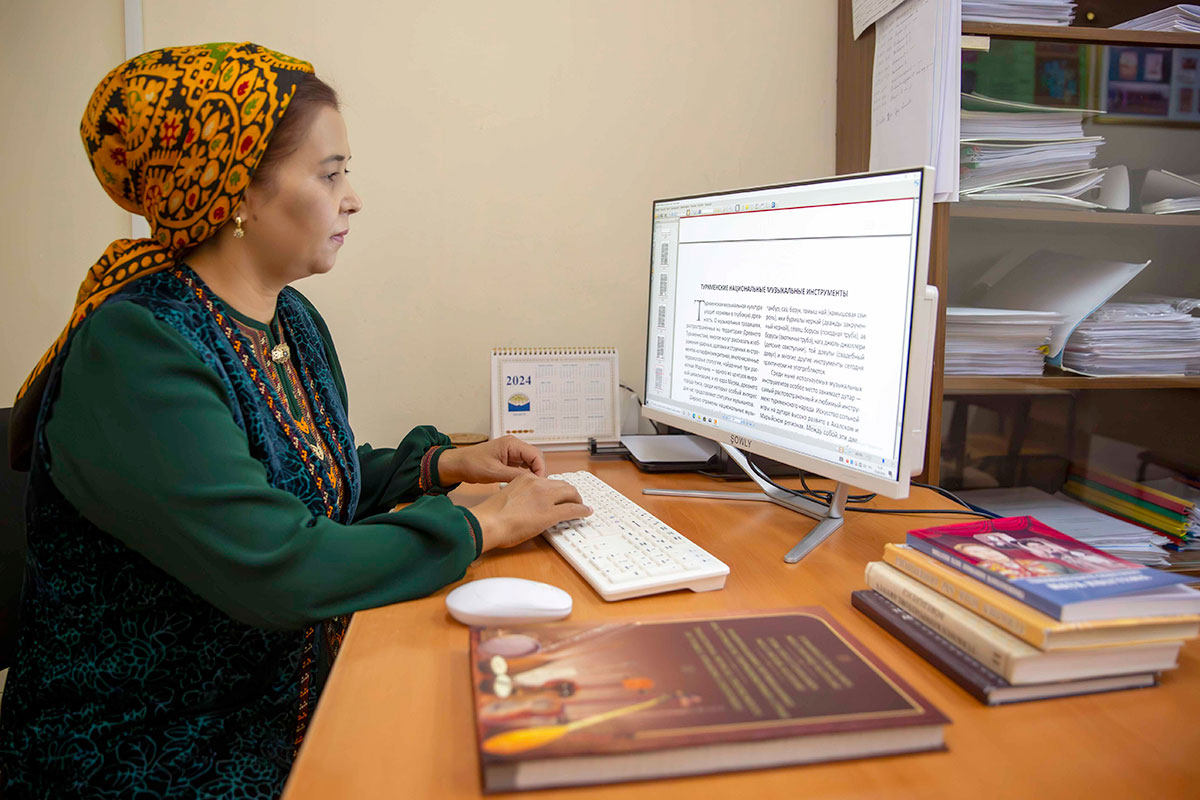This year, Honored Art Worker of Turkmenistan Gennady Fedorovich Babikov would have celebrated 110 years, and in memory of one of the favorite artists, a personal exhibition of his works was launched in the Museum of Fine Arts. It should be noted that with his outstanding talent, Gennady Fedorovich inscribed his name in the classics of Turkmen painting, and the exhibited works of the hero of the day once again testify to this.
Almost every solo exhibition begins with a self-portrait of the artist. Gennady Fedorovich distinguished himself here. His portrait, which is in the center of the exhibition, belongs not to his brush, but to the brush of the artist's son, Stanislav Babikov. Both the son and the father successfully worked in the realistic genre, but the purity and sonority of color in their works involuntarily suggests post-impressionism. Take, for example, the exhibited still life with a bouquet of flowers. Bright, exuberant colors and dumpiness of forms demonstrate the intractable, even somewhere rebellious nature of these plants. Of course, this is post-impressionism, it was just that earlier it was not customary to notice, let alone emphasize it.
Gennady Babikov is called an artist who glorifies the Turkmen land. And this is true. He is a great landscape painter, with his unusual vision of perspective. He does not seek to show the horizon in perspective, as other artists do. Its perspective is not receding into the distance, but vertical (“Group of women”, “Grandfather the Pathfinder”, “Bypassing the Border Guards”, etc.) or wide-format (“Karakala”, “Khatyra”). It is noteworthy that people in his paintings do not come to the fore, they occupy a smaller part of the picture, and a large part is intended for nature, which is amazingly beautiful in summer, autumn, winter.
The painting “Calm”, in which small, “tired” ships after a long voyage, gathered near the pier in rare hours of rest, emanates romance and pacification. Even the Caspian Sea itself, wishing to caress its “wards” seafarers, surrounded them with silence and tranquility.
And, on the contrary, the picture “Bezmein Cement Plant” impresses with its noise and power. This is a whole city of endless pipes, massive elevators, huge pools, which works harmoniously as a single organism. Not a single person is visible on the territory of the plant. The artist presented the plant as something grandiose, fantastic.
The exhibition features two still lifes with a set of berries and fruits. Moreover, one of them - “Turkmen Autumn” - is made in the traditional realistic genre, and the other - in the genre of post-impressionism. In the first still life, fruits exude aroma and cause appetite, in the second they compete with each other, showing their character - color, shapes, arrangement.
The exhibited paintings of the remarkable artist gave the lovers of painting an opportunity to look back and marvel at the talent of Gennady Babikov, who spent most of his life on the Turkmen land and found eternal peace here.
Tamara Glazunova
Photos: Aleksey Gimalitdinov




